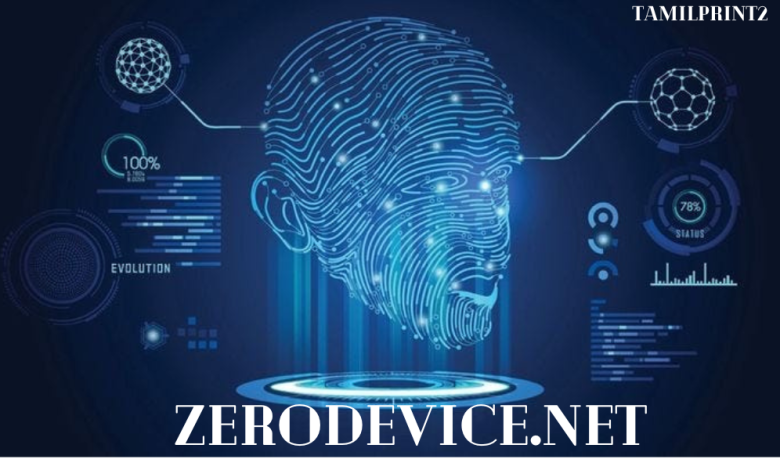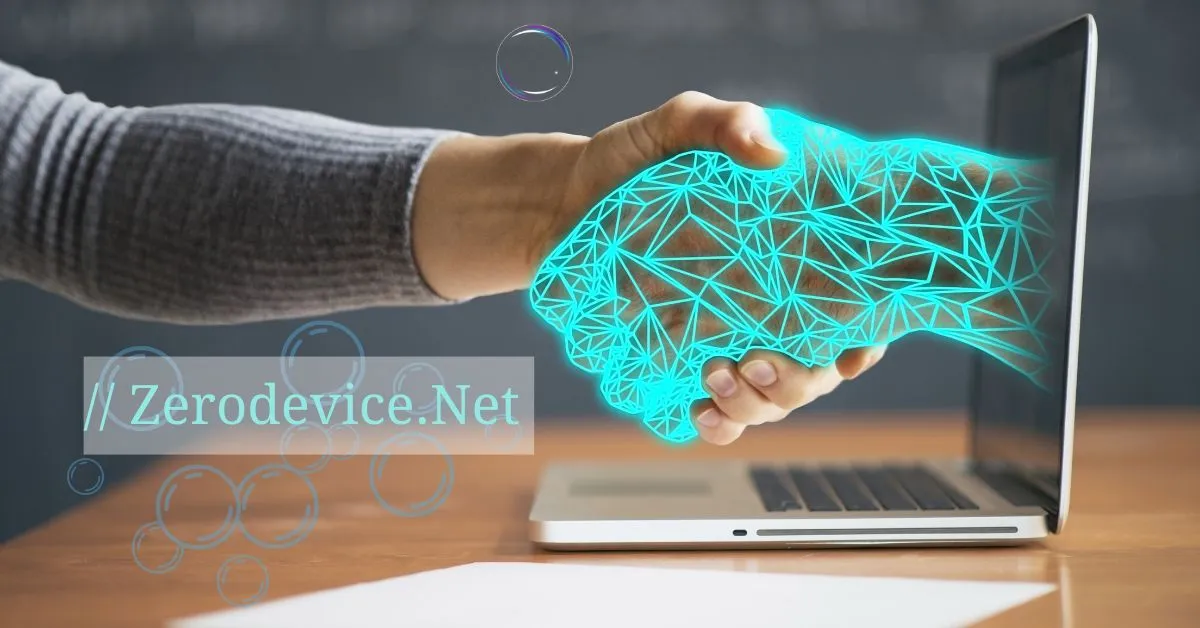Zerodevicenet: The Future of Seamless Device Connectivity

In a world where digital devices are multiplying faster than ever, managing them all is becoming increasingly complex. Enter Zerodevicenet, a concept and (in some cases) a system that promises to revolutionize the way devices communicate and integrate with each other. From homes to businesses, this innovation could be the key to a more intelligent, efficient, and user-friendly connected environment.
Let’s dive into what Zerodevicenet is all about, why it matters, and how it’s changing the tech game.
What is Zerodevicenet? Breaking Down the Basics
The term IT might sound futuristic, and in many ways, it is. At its core, Zerodevicenet refers to a network system or framework where digital devices operate with zero manual configuration, minimal user intervention, and maximum inter-device communication. It’s essentially about achieving total plug-and-play connectivity across a wide variety of smart devices.
Imagine walking into a home or office where every device — from your lights and thermostat to your phone, laptop, and even your fridge — instantly recognizes each other and works in sync. No app installations, no Bluetooth pairing rituals, and no Wi-Fi setup headaches. That’s the dream IT is aiming to fulfill.
The “zero” in Zerodevicenet highlights its low-maintenance design — zero setup, zero delays, and zero friction between devices. This could lead to simplified operations not just for consumers, but also for IT administrators, developers, and manufacturers.
Why Does Zerodevicenet Matter in Today’s Digital Landscape?

With the rise of the Internet of Things (IoT), our lives are becoming increasingly interconnected. But ironically, managing all these “connected” devices can often feel disconnected. That’s where Zerodevicenet becomes crucial.
Currently, users juggle multiple platforms, passwords, and configurations to keep their devices running in harmony. Whether it’s connecting a new speaker to your home Wi-Fi or syncing your smartwatch to your phone, there’s almost always a tedious setup process involved. IT eliminates this hassle by providing an intelligent, adaptive environment where devices instantly know what to do.
This seamless integration doesn’t just save time; it can also boost productivity and improve user satisfaction. For example, in a corporate setting, employees could instantly connect their laptops to printers, projectors, and other devices without calling IT for support. At home, Zerodevicenet could make smart homes truly “smart” by enabling real-time device syncing without requiring users to be tech-savvy.
Key Features and Benefits of Zerodevicenet
So what makes IT stand out from traditional networks or smart hubs? Let’s break down some of its top features and benefits:
1. Zero Configuration Setup
The hallmark feature of IT is its effortless setup. Devices that support this framework are built to recognize each other automatically, cutting out the need for manual installations or even user input. This alone can dramatically reduce setup time and user frustration.
2. Self-Healing Connectivity
Ever had your Bluetooth speakers randomly disconnect? IT has mechanisms in place to detect and repair connection issues automatically. If a device drops off the network, the system can re-establish the link without needing you to do anything.
3. Universal Compatibility
Another standout trait is its potential for cross-platform support. Unlike systems locked into specific ecosystems (like Apple’s HomeKit or Google Home), Zerodevicenet is imagined as an open standard, allowing devices from various brands and platforms to interact seamlessly.
By removing the complexity of connectivity, Zerodevicenet also opens the door to faster tech adoption, especially in households and businesses where time, simplicity, and performance are top priorities.
How Zerodevicenet Could Transform Smart Homes

Smart homes have been on the rise for a while now, but they still face one big issue: fragmentation. Different devices require different apps, user accounts, and sometimes even separate hubs to function. Zerodevicenet could change all that.
In a Zerodevicenet-powered home, you could walk in with a new smart speaker and it would instantly connect to your lights, TV, and thermostat — all without touching your phone. Your home could anticipate your needs based on device behaviors and usage patterns, making automation more intelligent and personalized.
Even better, such a setup could enhance accessibility. Elderly users or those with disabilities wouldn’t need to fumble through multiple apps or settings. The network would “just work,” enabling them to interact with their environment more naturally.
Applications in Enterprise and Industrial Settings
Zerodevicenet isn’t just for consumers; it has huge potential in enterprise and industrial applications as well. In workplaces, IT departments often spend massive amounts of time setting up, maintaining, and troubleshooting devices across an organization.
With Zerodevicenet, this process could become almost entirely automated. Employees could walk into a meeting room and have their device connect to the display system, speakers, and internet — all within seconds. This could not only save valuable time but also reduce the burden on IT staff.
In industrial environments, such a network could allow for better integration of machines, sensors, and monitoring tools. Think of a smart factory where every machine communicates in real-time, adjusting automatically to optimize production and detect faults before they happen. That’s the power Zerodevicenet brings to the table.
Challenges and Considerations
Of course, no technology is without its challenges. Implementing a Zerodevicenet system on a wide scale would require robust security protocols. Since devices automatically connect and communicate, there’s a risk of unauthorized access if proper safeguards aren’t in place.
Another consideration is standardization. For Zerodevicenet to work across different manufacturers and platforms, there needs to be a universal protocol — something the tech world hasn’t fully agreed upon yet. Without this, the dream of a fully integrated, zero-setup network remains just that — a dream.
Finally, legacy systems and older devices might not support this new paradigm, making full integration difficult without costly upgrades. Still, as new products hit the market, we could see broader adoption of these concepts.
The Future of Zerodevicenet: What Lies Ahead?
Looking forward, Zerodevicenet could become a cornerstone of digital life. Whether through open-source frameworks, commercial products, or integrated smart systems, the idea is gaining traction. Companies focused on simplifying tech and improving user experience are particularly well-positioned to benefit from this trend.
As AI becomes more advanced and 5G (or even 6G) networks become mainstream, the vision of Zerodevicenet — a truly frictionless, intelligent device ecosystem — is no longer far-fetched. It’s likely that in the next 5–10 years, Zerodevicenet (or similar systems) will become standard in homes, offices, and industries alike.
Conclusion: Why You Should Care About Zerodevicenet
Whether you’re a tech enthusiast, business owner, or everyday user, Zerodevicenet is a concept worth watching. It aims to simplify how we interact with technology, making devices more intuitive and less intrusive.
In a world already full of complexity, Zerodevicenet offers something refreshingly different — simplicity. And in the age of automation and intelligence, simplicity might just be the smartest thing we can aim for



